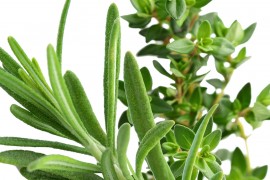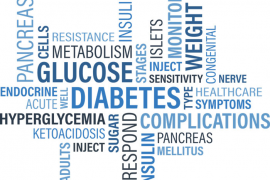The Environmental Protection Agency estimates that people spend 90% of their time indoors and that indoor air quality can be two to five times more polluted than outdoor air. Indoor air pollution can impact the health and the lives of everyone in your family.
The single most effective way to keep the air in your home healthy is to keep things out of your home that cause air pollution, including chemicals, fragrances, cigarette smoke, and excess moisture. The second most important is to ventilate your home to pull dangerous pollutants out of the house, such as a whole house fan or exhaust fans.
Most cleaning products don’t list ingredients
Many cleaning products do not list all of the ingredients on their product label. Even without proper ingredient labeling key words on the packaging can signal you to potential hazards such as Caution, Danger or Warning. Products labeled Danger or Poison are typically most hazardous; those bearing a Warning label are moderately hazardous, and formulas with a Caution label are considered slightly toxic.
The simple truth is that with items from your pantry such as baking soda, vinegar and lemon juice you can clean pretty much everything in your home.
With that said, let’s look at some easy ways to “clean up” your cleaning routine.
Cleaning Up Your Cleaning Routine
- Check product labels-Avoid phosphates when possible, as they contribute to the deoxygenation of ponds, and lakes. Avoid surfactants such as butyl or 2-butoxyethanol, these are toxic when inhaled, and oxalates, which can interfere with hormonal regulation above certain concentrations. What to use instead: Look for products that use sodium citrate instead.
- Don’t use air fresheners-These are toxic beyond what you may realize. Air freshener labels are extremely misleading. They contain formaldehyde, propellants and are known to trigger asthmatic responses, even in individuals who don’t have asthma.
- Say no to paper towels. Use washable cloths to wipe counters, furniture and any hard surfaces
- Say no to soft scrub-Baking soda and water mixed into a paste works wonders on tubs, tile and your oven interior.
- Avoid bleach-Vinegar, Vodka and Grapefruit Seed Extract make great disinfectants.
- Furniture polishes-Are frequently laden with noxious chemicals. There are many natural furniture polishes and soaps on the market. Olive oil is also a great furniture polish.
- Ditch Liquid Plumber and Draino and go with baking soda and vinegar. Use this monthly to keep all your drains running smoothly. Consider using screens in your sink drains to catch hair or other items that may clog drains.
- Floor cleaners-Avoid Swiffer mops and give Microfiber mops a try. The EWG Guide to Healthy Cleaning gives these cloths a D rating. In fact of the 19 products listed, only one received a C rating. The remaining eighteen were rated at a D or F.
- Make your own window cleaner-You’ll be happy to avoid the ammonia with this super simple recipe: In a spray bottle add 2 cups water, ¼ cup white vinegar OR 2 cups water and a Tablespoon of lemon juice. The vinegar or lemon juice will help to wipe away oily fingerprints and other hard to remove spots.
- Homemade counter cleaners cost pennies to make. Here’s a few recipes to get you started:
Do some research-See how your cleaning products rate using EWGs Guide to Healthy Cleaning
Looking for more nontoxic cleaning recipes. Here’s a list of 8 recipes.








